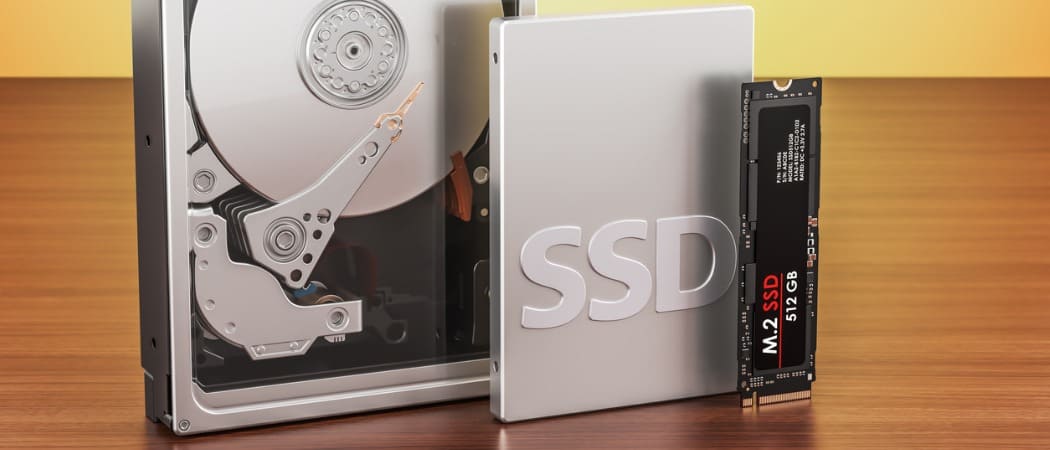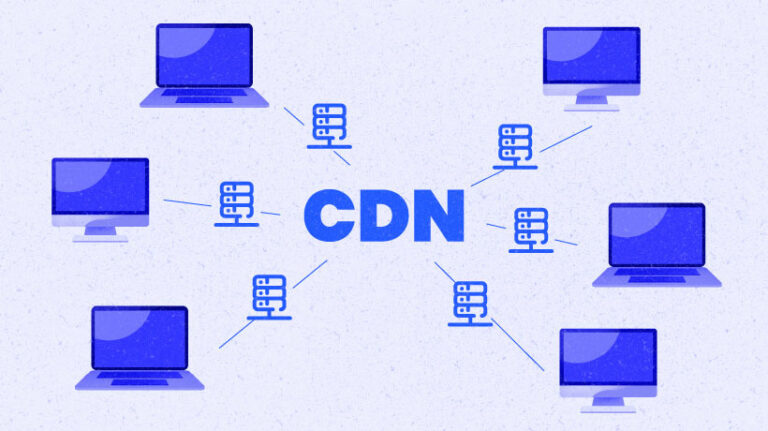The difference between HDD, SSD and NVMe hosting
When choosing fast hosting you need to consider many factors, one of which is disk storage.
When measuring the performance of storage systems, the most important parameter is IOPS (Input/Output Operations Per Second).
Based on this we will compare our drives.
In this article we will look at different generations of disk drives: HDD, SSD and NVMe.
The difference between HDD and SSD hosting
Before the advent of SSD and NVMe drives, HDD was one of the most popular disk drives in hosting, but its significant drawback was exactly the IOPS parameter.
HDD was a mechanical device based on rotating magnetic disks and a magnetic head that moved and thus read the information from the disk.
SSDs have no moving parts and store information in chips, so it’s much faster to read information.
On average, a 10,000 RPM SATA 3 HDD had about 150-200 IOPS.
When using RAID controllers this parameter could be increased, but not significantly.
But on SSD disks this parameter could be from 90000 IOPS and higher, which is significantly different from HDD disks.
In terms of efficiency, SSDs outperform conventional hard drives due to higher reliability, lower power consumption and faster read/write times.
And when working with SSD disks, the performance of sites on our hosting is much better.
Another advantage of SSDs is the access time to the file. With ordinary HDD disks this time is about 10-15 ms, while SSD disks have 0.7 ms.
Therefore, when working with a large number of small files the performance will be better. We also use SSD drives in our email hosting.
The difference between SSD and NVMe SSD
The principle of storing information on SSDs and NVMe drives is the same, in both it is stored on a chip. The difference between these drives is the data interface.
While SSDs mostly use the SATA 3 interface, modern NVMe has moved to the PCIe bus.
SATA 3 interface speeds up to 6 Gb/s, PCIe Gen 3 around 16 Gb/s, and PCIe Gen 4 up to 32 Gb/s. Accordingly, we can distinguish the main parameters of differences between SSD and NVMe drives.
NVMe is much faster than SSD. That’s why we use these drives on Wordpress hosting plans.
SSDs require less power to run than NVMe.
NVMe is more expensive than SSD devices. SSDs can easily be attached to any device, but that’s not the case for NVMe. For example, on older servers you cannot boot with NVMe, so you need an extra disk to boot from.
Why use an NVMe SSD?
NVMe disks have high performance and high speed.
This is primarily due to the fact that NVMe exchanges data via PCIe instead of the old SATA interface, which leads to faster performance. And the most expected indicator in the work of the hosting is the speed. Therefore, a modern NVMe drive is the best solution for hosting.
Conclusion
| HDD | SSD | NVMe | |
|---|---|---|---|
| speed | 200 Mb/s | 550 Mbps | 3000 MB/s |
| IOPS | 200 | 90000 | 300000 |
If you’re looking for high speed, reliability and extra security for your website, then you really need speed hosting. With SSD and NVMe hosting options available, there’s no reason to choose to host on old HDDs anymore.
SSDhosting is better in every way.
If you’re interested in an inexpensive hosting provider that offers SSD or NVMe hosting, we recommend our plans.








